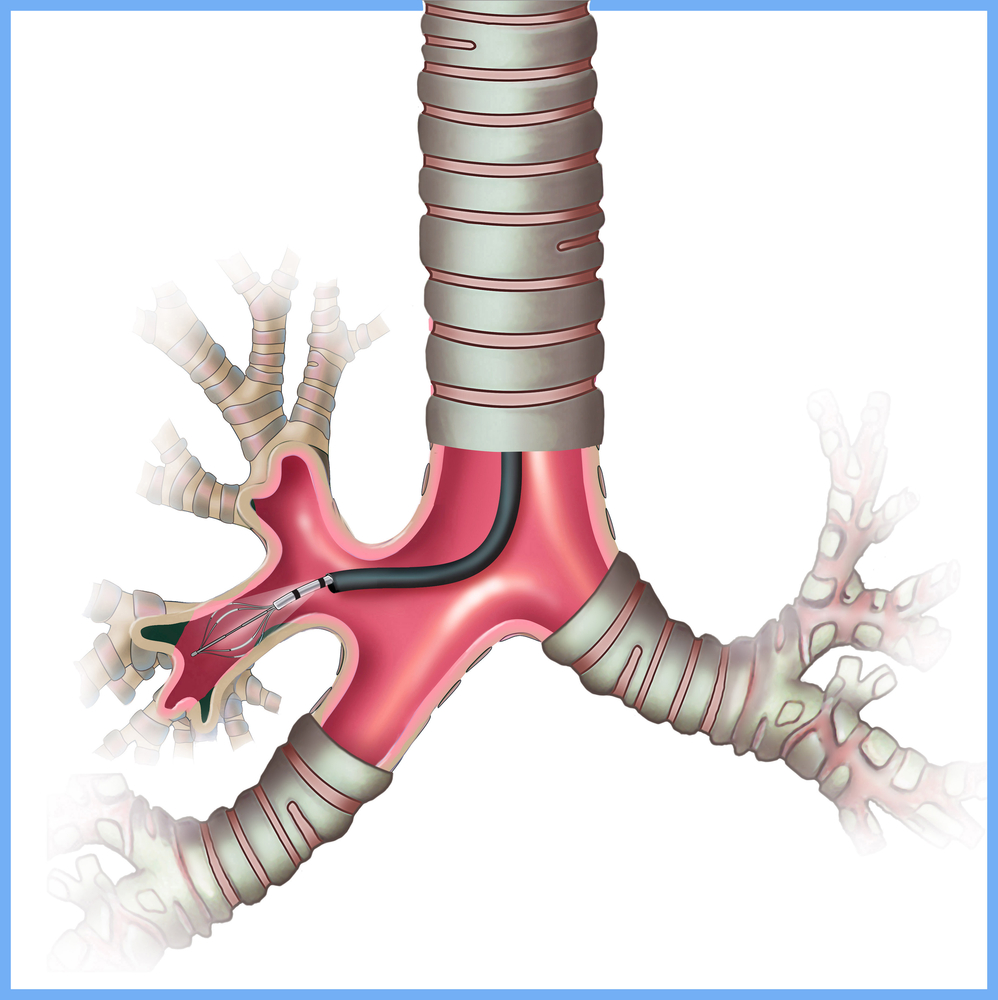Bronchoscopy Safe for Patients with Pulmonary Hypertension, Study Suggests

Bronchoscopy, which consists of a transbronchial and endobronchial biopsy, and a transbronchial needle aspiration, are important approaches in diagnosing lung disease. But its use in patients with pulmonary hypertension (PH) is controversial because of associated risks, and many doctors not willing to perform such procedures in these patients.
A new study, published in the scientific journal Respiration, suggests that these techniques are, in fact, safe in patients with echocardiographic evidence of PH.
“Careful perioperative planning of the procedure and sedation can minimize any potential complication,” wrote the authors of the study, titled “Safety of Bronchoscopy in Patients with Echocardiographic Evidence of Pulmonary Hypertension.”
The team led by Dr. M. Adrish of the Division of Pulmonary and Critical Care Medicine and the Department of Medicine at Bronx-Lebanon Hospital Center in the Bronx, New York, retrospectively analyzed 190 patients who underwent bronchoscopic transbronchial biopsy (TBBx), endobronchial biopsy (EBBx), and/or endobronchial ultrasound-guided transbronchial needle aspiration (EBUS-TBNA).
Researchers divided the patients into two groups: those with a pulmonary artery pressure less than 36 (the control group), and those with elevated systolic pulmonary artery pressure (eSPAP) of 36 or more.
Results showed no difference in the frequency of congestive heart failure, obstructive airway disease, cancer, liver disease, problems with blood clot formation, or the use of an antiplatelet agent or anticoagulant drugs between the two groups of patients.
In addition, the ratio of minor bleeding caused by bronchoscopic biopsies was identical (around 4.8%) in both the control group and in patients with eSPAP. One patient in each group had major bleeding caused by the biopsies.
One patient in the control group had a pneumothorax, or abnormal collection of air in the pleural cavity that is normally filled with fluid, and another in this group required prolonged mechanical ventilation of more than four hours. In the eSPAP group, two people required prolonged ventilation. No complications related to sedation or death were recorded in either group.
The researchers concluded that there was no difference in terms of safety for bronchoscopy in patients with echocardiographic PH and those without.
“Our study demonstrates that bronchoscopic TBBx, EBBx and EBUS-TBNA with either conscious sedation or general anesthesia can be safely performed in patients with echocardiographic diagnosis of PH,” they wrote.







